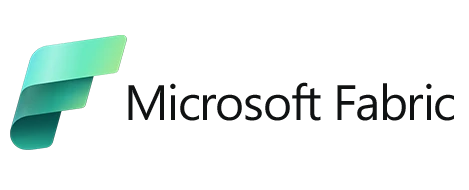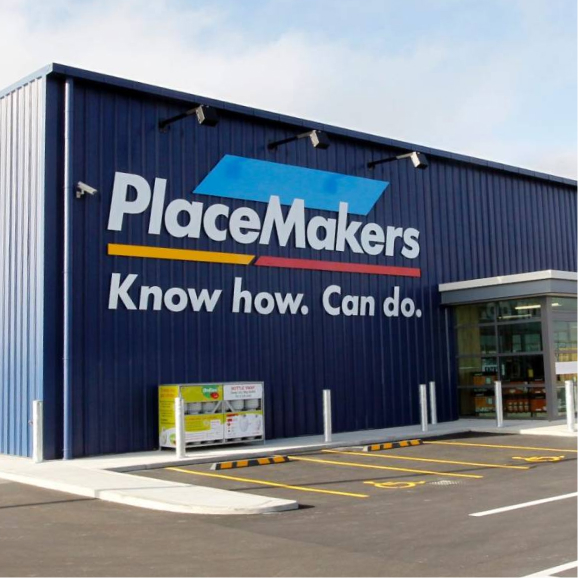Since the beginning of my integration career, I have learned one thing with certainty: I will never stop learning.
First, I learned all about the different integration platforms we use at Adaptiv: Microsoft Azure, Boomi, and Salesforce’s MuleSoft. I spent hours and days studying and getting certified for all three only to have the basic understanding of what is possible with them. I then became familiar with the different types of clients, the industries, and their requirements for the many integration services we provide them. Finally, I got to know the Adaptiv team as my coworkers provided me support with their extensive knowledge and helpful attitude.
Over the past couple of years, I have moved from support to take on the role of developer which has brought a whole new range of challenges for me to tackle. Each project I work on uses different technologies and methods to implement the requirements set forth by the clients. Therefore, one of my main goals now and for the future of my development career is to keep on learning so that I may stay ahead with the knowledge and resources of the different integration platforms: Azure, Boomi, and MuleSoft.
This blog will explore resources and strategies to further your knowledge and capabilities for Azure, Boomi, and MuleSoft. From reading official updates and blogs to engaging with multimedia content and actively participating in the integration community, it’s important to have varied sources and media to stay ahead in your integration career. I hope to help any other integration developers interested in learning and growing their knowledge through diverse sources of learning.

Diversify your Learning Resources
Before starting I want to state that since the official courses and certifications are the most obvious and available learning options, I will move on and focus on the other sources.
The first thing to do is identify and try out diverse sources for different types of learning. The way I see it, there are three basic approaches/options. First are written sources such as articles and blogs. Second, there is media, such as videos and podcasts. Finally, there is community, learning through conferences and networking with other developers and industry professionals.
1. Written sources
Blogs and articles play a multifaceted role in offering guidance, solutions, and practical resources to aid developers in their endeavours. Developers can access code examples, sample applications, and scripts through blogs, which can significantly streamline development tasks and serve as valuable starting points for their integration projects. Furthermore, they provide best practices and recommendations for effectively configuring, managing, and securing resources.
Official resources:
- Microsoft Azure Blog: This informational blog is good for learning different possibilities available with Azure. It has a focus on announcements and customer stories. For more technical information, it will lead you directly to the resources referenced in Microsoft Learn so that you can know how to implement them yourself.
- Tech Community Blog – Azure: More technical blogs and forums like community discussions based around specific developer cases.
- Boomi Blog: A comprehensive resource with technical, analytical, and informational blogs for Boomi developers.
- MuleSoft Developer Blog: Like the Boomi Blog, it offers a one-stop shop for all official MuleSoft-related blogs.
I have also used third-party blogs a few times myself especially when I have to integrate a new technology alongside my Azure developments. For example, a client wanted to use Playwright in order to test some Azure functions. Not only did I consult the official Playwright documentation, but I also found a blog that taught me how to use different environments in Playwright.
2. Videos and Podcasts
In today’s digital age, learning through videos and podcasts has become an incredibly valuable and popular educational approach. These multimedia formats offer dynamic and engaging ways to absorb information. Visual and auditory elements stimulate multiple senses simultaneously, making it easier for some to grasp complex concepts and retain knowledge. Even if you are not a visual or auditory learner, incorporating podcasts and videos into your learning process can be highly recommended.
Each of the platforms we consider, Azure, Boomi, and MuleSoft, has its official YouTube channels. For instance, the Microsoft Azure channel features series like “Azure Friday,” where experts discuss different Azure resources and features in-depth. You’ll find explanations of various resources, real-world development cases, and troubleshooting guidance through video content.
Official YouTube Channels:
- Mulesoft Videos, example playlist: Mule Bytes: “Byte-sized MuleSoft videos to help you skill up on MuleSoft in a quick and easy tutorial format!”
- BoomiOfficial, example playlist: Boomi in Action: “Showing common uses of Boomi”
- Microsoft Azure, example playlist: Azure Friday: “Join Scott Hanselman as he hosts the engineers who build & use Azure, demo it, answer questions, and share insights.”
Third-party channels examples:
- Edureka: This is its own educational website that provides training in various technology subjects but it also has a YouTube channel in which they offer tutorials and courses on Microsoft Azure.
- MuleSoft-TechZone: This channel is fully dedicated to MuleSoft, including beginner-friendly content and in-depth explanations of various MuleSoft concepts.
- MindMajix: This provides content on all three of the platforms and various other technologies.
I found YouTube particularly helpful when studying for my certifications. I have found several summaries of study materials that provided an alternative to just reading from Microsoft Learn and completing the courses. For example, for the AZ104: Prerequisites for Azure administrators, I found a study guide that gave an explanation about every aspect covered by the exam and how they all related to each other.
Likewise, podcasts offer similar benefits without the visual aids. Listening to podcasts while multitasking, such as during your commute or on a morning run, provides flexibility to maximise your learning experience. While there might not be official podcasts for all the platforms here discussed, there are numerous dedicated to development, covering integration, API management, testing, and more. Here are some that you can check out:
Podcasts:
- The API Experience Podcast: The Official Boomi podcast.
- Azure Podcasts: Microsoft-recommended podcasts for all of their products not just Azure.
- APIs Unplugged: The official podcast for Mule; however, has not had any recent episodes.
3. Community learning
Community learning refers to events like conferences and webinars. They provide invaluable educational and networking opportunities through expert presentations, workshops, and hands-on sessions that cover the latest integration trends and technologies. These events also help you facilitate networking, connecting you with peers, speakers, and sponsors, potentially leading to collaborations and job opportunities. Staying current with industry trends is crucial and conferences are perfect for acquiring up-to-date knowledge and insights. Be sure to keep an eye on upcoming gatherings for Azure, Boomi, and MuleSoft in your area to maximise your networking opportunities.
Find information and register for events on the following:
- MuleSoft Events: In-person and virtual, internationally based MuleSoft events.
- Boomi Events: Official Boomi events.
- Boomi User Events: Boomi events created by the community.
- Azure Events: Find in-person and virtual, multilingual, and international Microsoft Azure events.
Along with community learning, I would like to add communication with teammates. They have definitely been one of the biggest sources of information and learning for me, especially when I encounter an issue that is a bit too specific to google. In fact, you can access my Adaptiv teammates’ knowledge here: adaptiv.au/resources. Don’t let fear of appearing incompetent or a desire to accomplish everything yourself hold you back. Learn to rely on your team and communicate with them.
Conclusion
Staying ahead in the integration industry requires a continuous commitment to learning and adapting to new technologies and tools. As I have discovered throughout my journey from support to developer, an effective approach to success lies in leveraging a variety of learning resources including official blogs, third-party articles, YouTube channels, podcasts, and community events. Engaging with these diverse sources will help you expand your technical expertise and stay current with industry trends. While here I provided mostly official resources, feel free to complement these with extensive community-created content. By diversifying your learning approach, you not only expand your technical expertise but also gain a better understanding of your learning patterns. Ultimately, the more proactive and engaged you are in your learning journey, the better equipped you’ll be to thrive and stay ahead in this ever-evolving field.



















